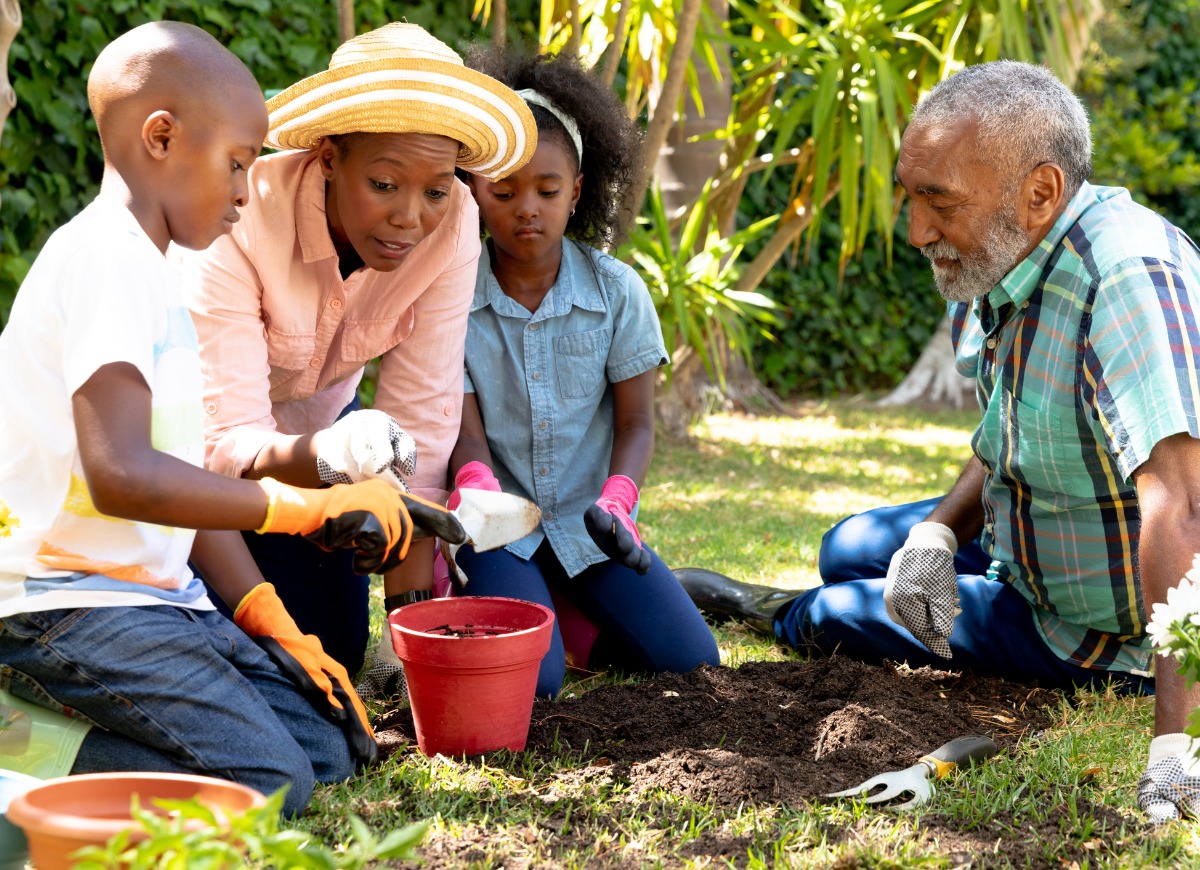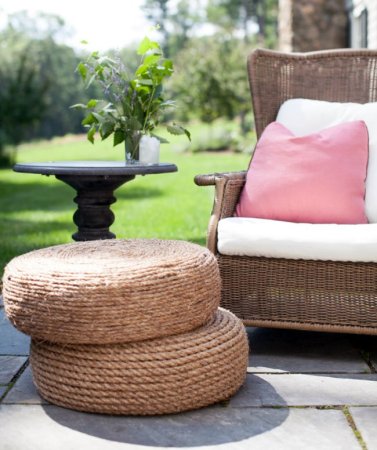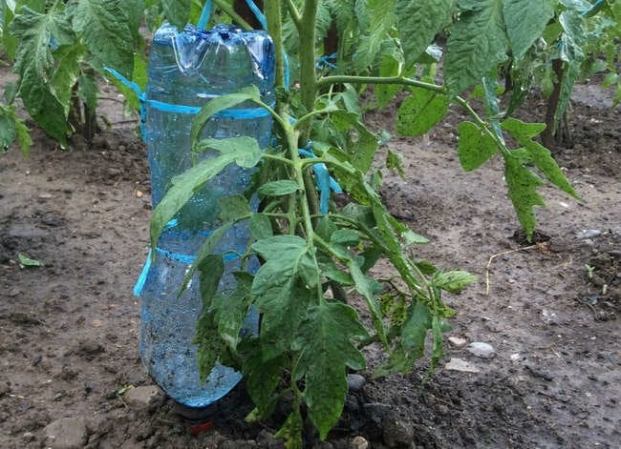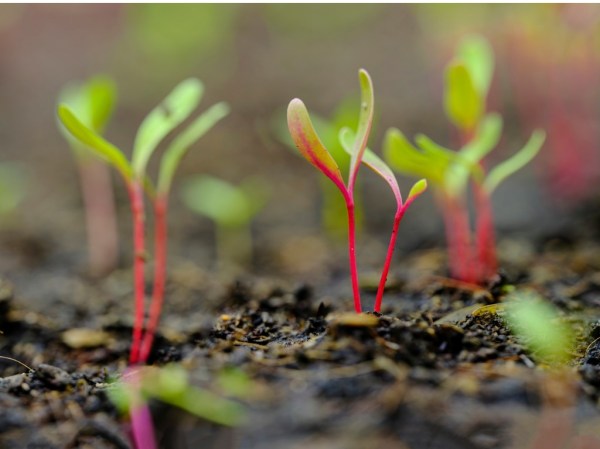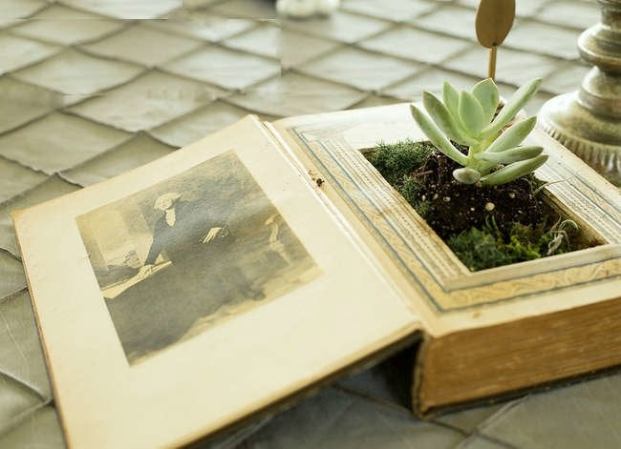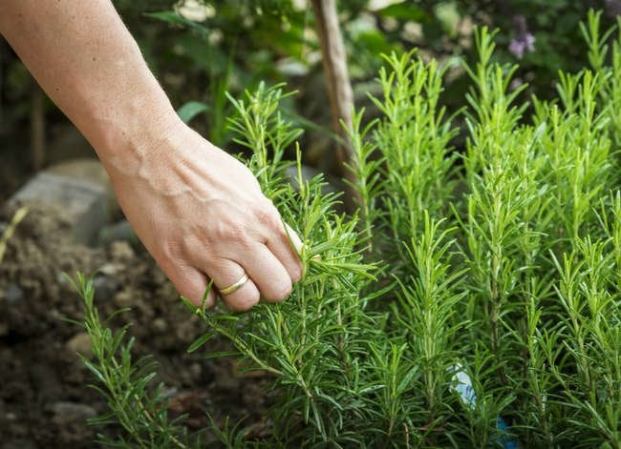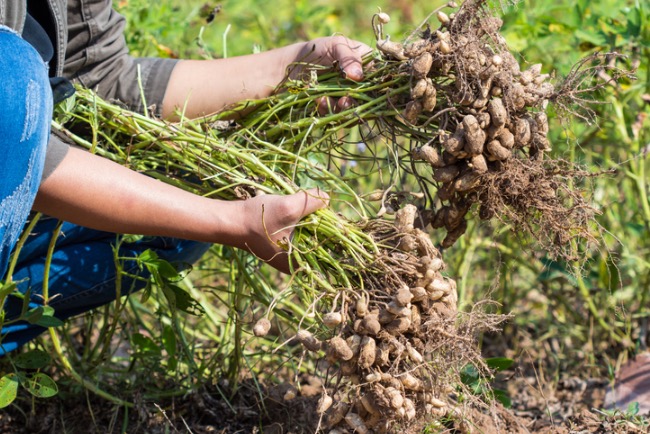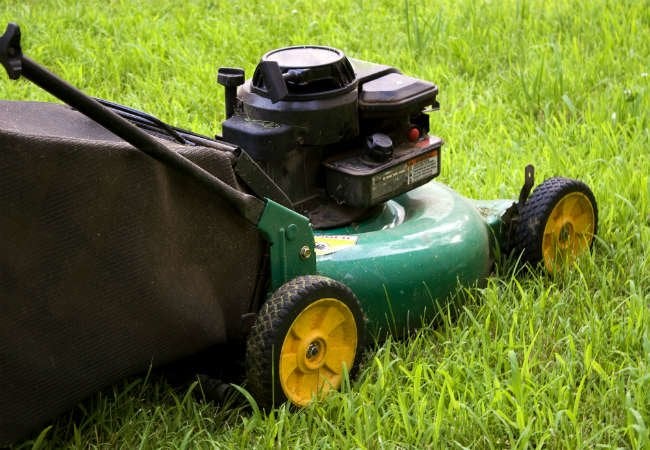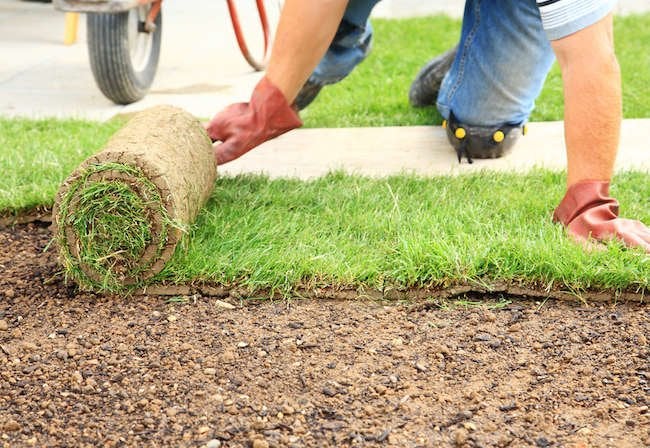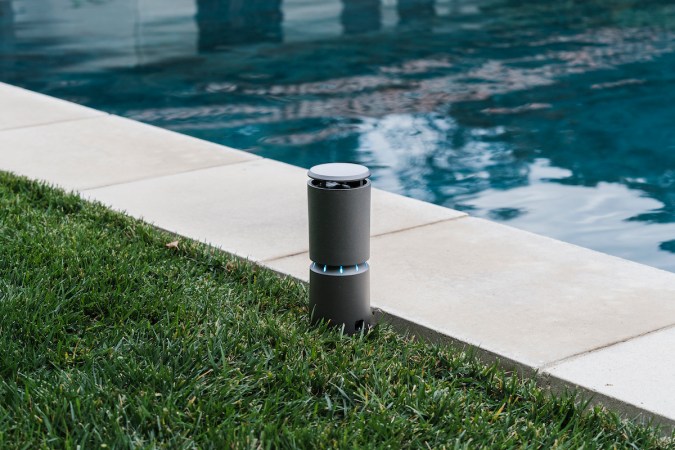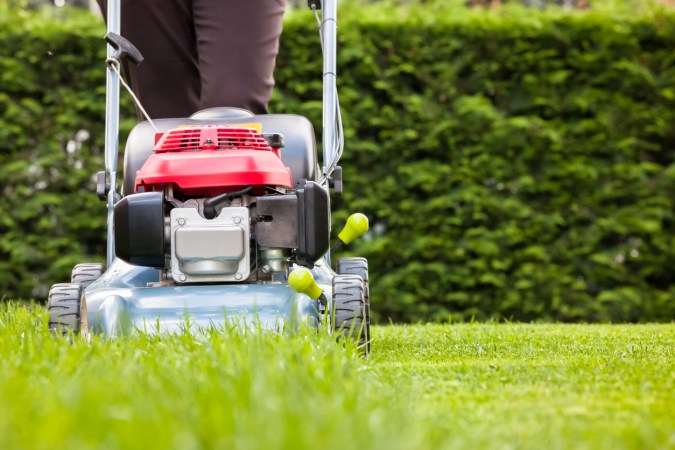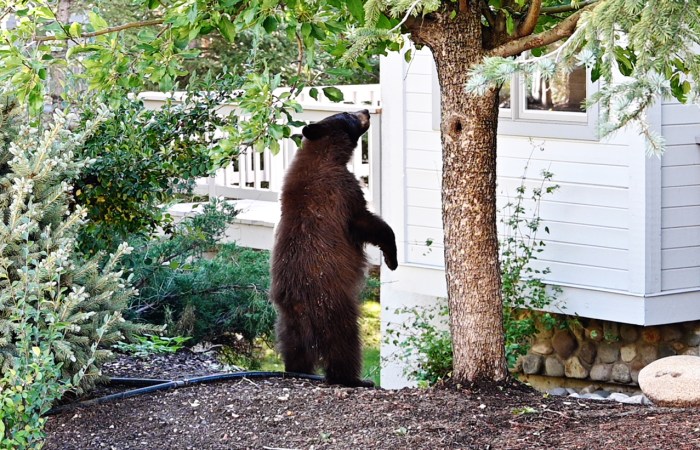We may earn revenue from the products available on this page and participate in affiliate programs. Learn More ›
As the dreary winter months near their final leg, looking ahead to the vibrancy of spring offers hope for a fresh start. In 2021, people are putting energy toward boosting their mental and physical health. One way to help both aspects of well-being is through gardening.
It’s been proven that garden therapy can combat stress, anxiety, and depression. Eating the fruits and veggies of our gardening labor can boost the immune system and mental health as well. According to Burpee Seed Company, this spring, healthy living will resonate in the form of immunity gardens.
RELATED: Why Should You Keep a Gardening Journal?
What is an immunity garden?
Vegetables from the grocery store are often harvested long before they reach peak ripeness. Creating a garden of your own allows for food to be picked when it’s ready, making for a higher nutrient value. An immunity garden is full of superfood vegetables that support overall health, including boosting your immune system—and you can grow one in your own backyard.
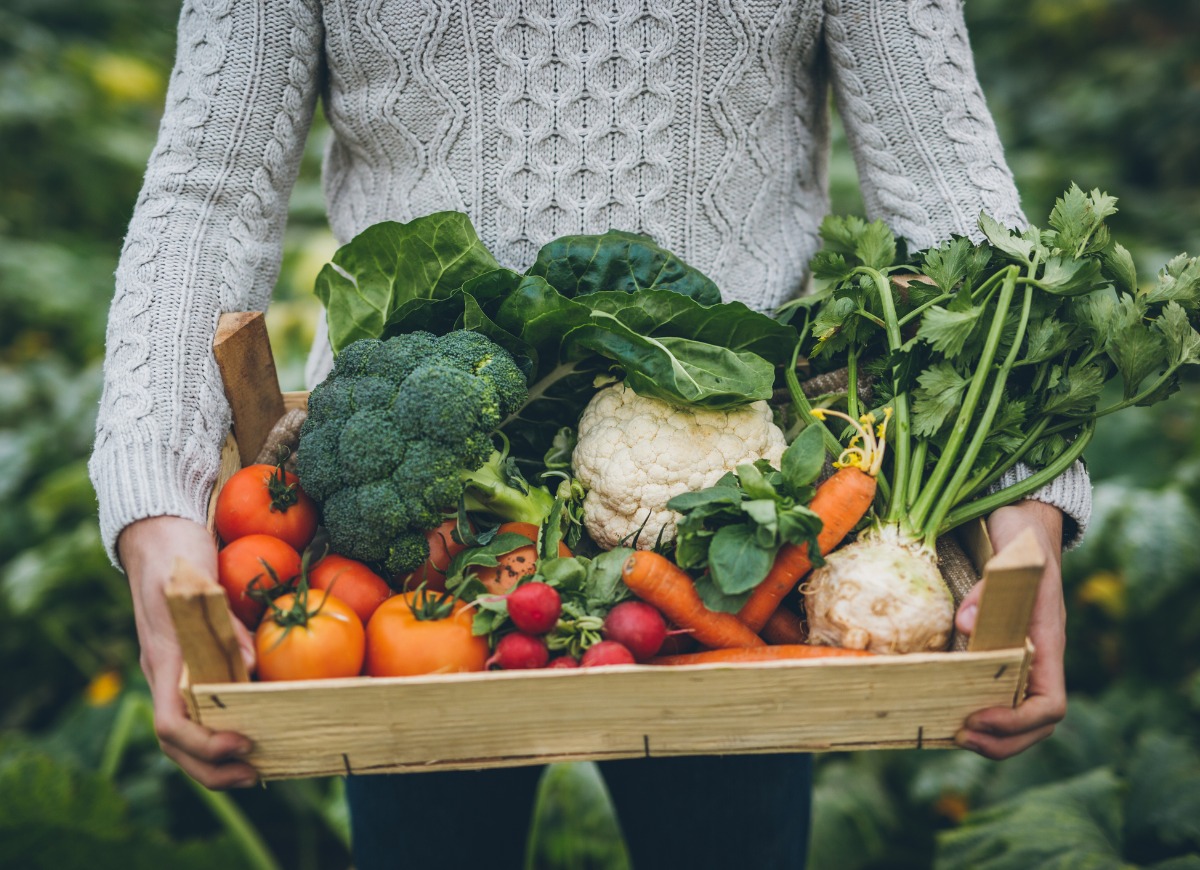
What should you grow in an immunity garden?
An immunity garden offers a vibrant collection of nutrient-dense vegetables. The more colors of the rainbow, the more diverse it will be, with each color reflecting different phytonutrients and antioxidants within. Red tomatoes, orange squash, yellow peppers, green broccoli, green Swiss chard and purple radishes will provide a stunning color wheel for dining.
RELATED: All You Need to Know About Keyhole Gardening
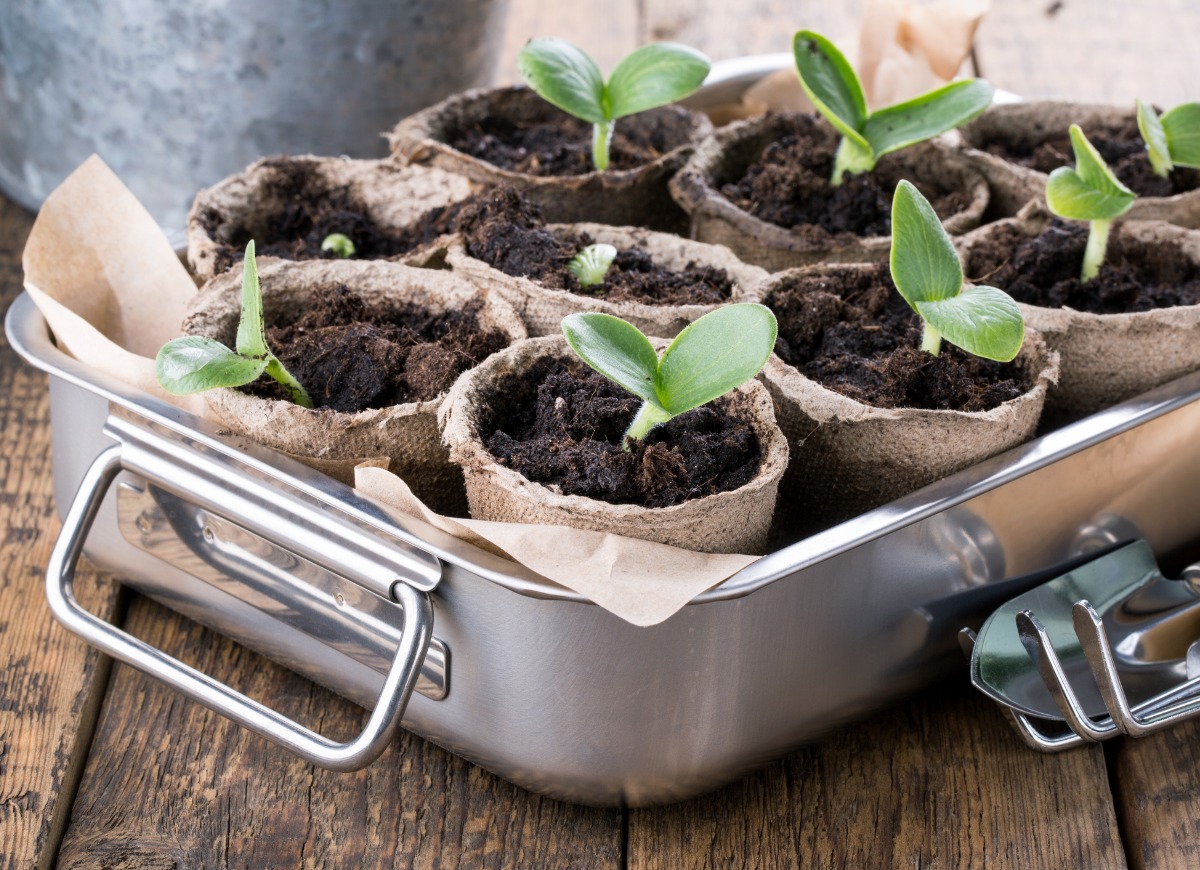
Preparing for a spring immunity garden
Get a head start on an immunity garden with some indoor gardening this winter. Purchase high-quality seeds (you’ll have the most success if you prioritize quality over cost!), then plant in a seed-starting mix in containers with drainage holes at the depth according to each vegetable’s package. Once seedlings emerge, place pots in a bright location. When the seedlings have at least two sets of true leaves, begin using a half-strength organic fertilizer. Look for the sturdiest looking seedling in each pod, then thin out the other seedlings to allow the strongest to thrive. Eventually, the delicate seedlings will need to be transferred to small pots, and then to the backyard where the roots can be placed in the ground.
RELATED: What is the No-Dig Gardening Method, and Why You Should Try it This Spring
